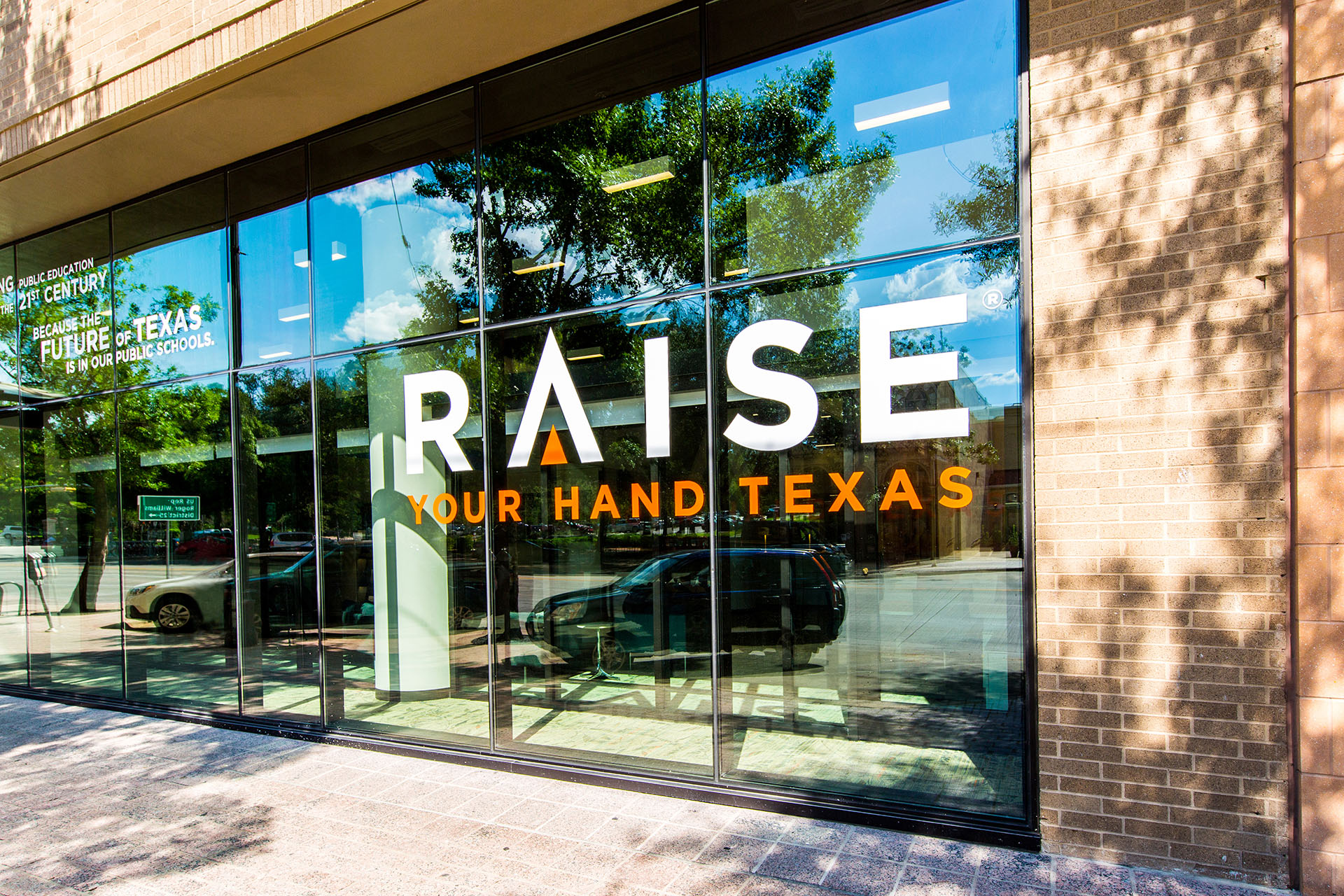
categories
Raise Your Hand Texas Written Testimony from May 24, 2022

May 24, 2022
Raise Your Hand Texas submitted the following written testimony in response to the Texas Senate Education Committee Hearing on May 24, 2022, regarding teacher workforce issues. In the future, Raise Your Hand Texas will keep the public informed through written and invited/public testimony on the issues related to public education in Texas.
Written Testimony of Bob Popinski
Senior Director of Policy
Raise Your Hand Texas
Before the Texas Senate Committee on Education
The Honorable Brandon Creighton, Chair
May 24, 2022
Interim Charge 2. Examine the COVID-19 pandemic’s impact on the public school educator talent pipeline, staffing patterns and practices, and declining student enrollment and attendance. Review any policies and regulatory actions that prevent students from receiving instruction from a highly effective teacher. Monitor the impact of both the Teacher Incentive Allotment and non-administrator compensation increases directed under House Bill 3 (86th Legislature), as well as the teacher pay raises implemented in 2019. Explore innovative models to improve recruitment and make recommendations to maintain a strong educator workforce pipeline, while adapting resilient school strategies to meet emergent demands in public education.
KEY POINTS
- More than 43,000 Texas teachers left the profession in 2021-22, which can cost up to $20,000 in training & preparation per teacher.
- In 2021, 68% of teachers considered leaving the field, a 10% increase from 2020.
- 76% of parents rated their child’s teacher with an A or B.
- Short-term and long-term solutions need to be implemented to curtail the current perceptions of the teaching profession and improve recruitment and retention efforts.
Background
Teachers across the state of Texas met the challenge of educating students through a pandemic, servicing the needs of students experiencing learning loss in that time. The personal challenges of adapting to completely new learning structures should be commended, but these challenges haven’t come without a toll. Raise Your Hand Texas recognizes that our educators are experiencing burnout, dissatisfaction, and are in need of increased support from their communities, and the state.
In the 2021-22 approximately 43,000 teachers left the profession through resignation or retirement. When a teacher leaves the profession, the cost to the state and school district can be upwards of $20,000 for the training and preparation they’ve previously received, which will not continue to benefit the profession. The earlier in their career a teacher leaves the profession, the more frequent the cost of training and educating their replacement becomes. Unfortunately, trends and perceptions from teachers indicate this issue will only be exacerbated over the coming years, with 68% of teachers considering leaving the field in 2021, an increase of 10% from 2020.
As stated by the 2022 Charles Butt Foundation Poll “Connected Through Our Schools,” pressure from standardized tests, poor pay and benefits, and feeling undervalued or overworked, are causing an increasing number of teachers to consider exiting the profession, leaving our students in potential need of qualified replacements. These figures should give policymakers great insight into educators’ current thoughts on the profession, but it is also important to note perception from parents.
In that same Charles Butt Foundation Poll, parents in large part still hold their child’s teacher in high regard, with 76% of parents rating their child’s teacher with an A or B. Troubling, however, is the perception of the teaching profession by parents when considering the future for their own child. Only a little over half of those same parents indicate they would want their child to become a teacher. Parents have a healthy respect for teachers in their child’s school right now, but the lack of aspiration for a similar career for their child illustrates the current struggles the state needs to address, and the need to garner more respect for the profession while also increasing the number of effective educators in the teacher pipeline.
Lastly, exacerbating the current shortage of teachers is a lack of applicants participating in high-quality certification programs. According to a 2021 University of Houston Texas Teacher Workforce Report commissioned by Raise Your Hand Texas, since 2015, more teachers are receiving their certification through for-profit alternative certification providers. Unfortunately, these for-profit alternative certification programs have lower retention rates than other certification providers. It is important to support quality preparation and training programs that show evidence of long-term success and provide continued training that increases mentorship programs. Also, more in-class experience and guidance before the educator becomes the teacher of record is needed. These should be top priorities for the state. In a similar vein, there is still much work to be done in improving the type of data these teacher preparation programs submit, and how that data is presented to applicants and campuses that ultimately hire teachers. Without clear and transparent indicators in a format that applicants can access easily, future teachers may be at a disadvantage in finding successful preparation programs.
Policy Suggestions: Raise Your Hand Texas believes that the state needs to incorporate short-term and long-term solutions to effectively meet the needs of the future Texas teacher workforce.
- Scholarships & Loan Forgiveness: The Charles Butt Foundation’s Raising Texas Teachers program works with 12 university-based preparation programs to elevate the teaching profession and offer more opportunities to enhance and diversify the pool of students in the teaching profession. At the heart of the program is an $8,000 annual scholarship for participating students which can drastically reduce the cost of higher education for students in Texas. The state should look to create similar scholarship programs that support effective educator preparation.
Additionally, providing long-term incentives like additional loan forgiveness with shorter timeframes than currently offered to graduates serving in public schools could expand the type and number of higher education applicants, reducing the overall financial burden entering the teacher workforce. - Better Education Preparation Transparency & Data Reporting: Allocating resources to create an applicant portal showcasing the effectiveness of education preparation programs could cut down on the number of prospective teachers who feel unprepared to enter the classroom, and increase transparency. Additionally, the more the state can move to support programs that encourage more structured mentor training and in-class support before a prospective teacher becomes the teacher of record, the more support that teacher will feel in their professional development.
- More Focus on Classroom Instruction: Whether it is administration of the STAAR exam, or increased paperwork, and required reporting from accelerated instruction programs, teachers are feeling more pressure than ever from the amount of non-instructional work being asked of them. The more the state can do to decrease the burden of duties on educators, or to increase the flexibility of districts to use their teachers in the most effective way the better suited teachers will be to meet the educational needs of our students. Suggested opportunities for these improvements include allowing teachers more time to prepare for classes, collaborating with their colleagues, attending trainings, and reviewing their methods of instruction.

